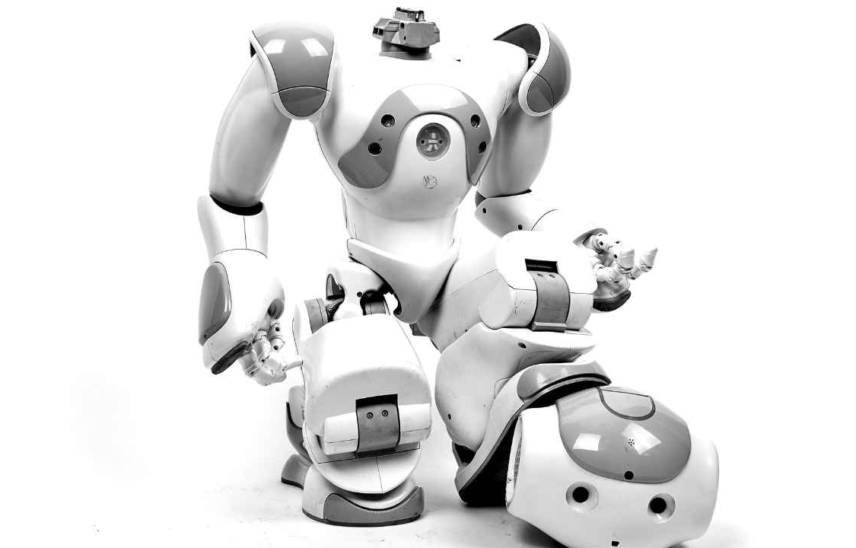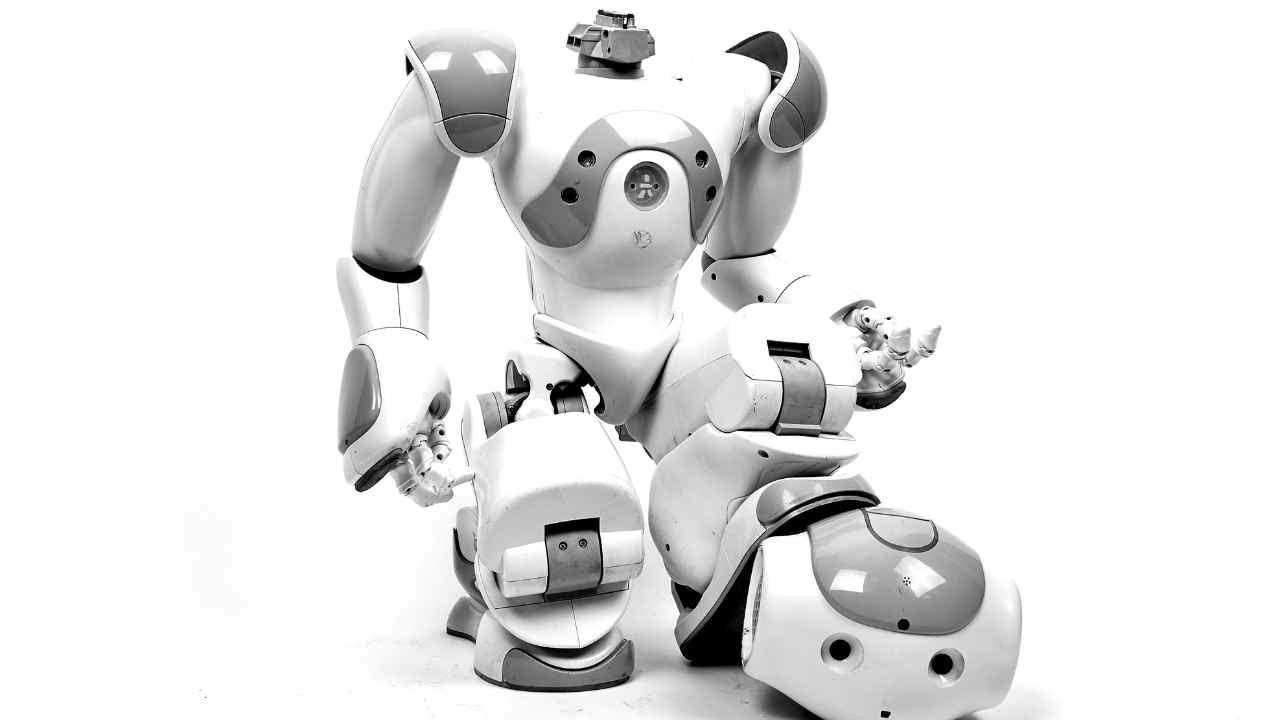
- Home
- Managed Services
- Cyber Security
- Blog
- About Us

We 365 Admin Support, just simplify your IT problems
Call for a free support. +91 96666 59505Platform Partnership
- Who We Help
- Shop
- Contact
- News






HIGHLIGHTS
Table of Contents
ToggleMeta and Apple are reportedly making strides in developing AI-driven humanoid robots. According to the latest Power On newsletter from Bloomberg’s Mark Gurman, Meta, the parent company of Facebook, has made significant investments, amounting to over $65 billion, in the fields of artificial intelligence, robotics, and virtual reality with an ambitious target set for 2025. To spearhead this initiative, a newly formed team within Reality Labs is focused on creating AI-integrated humanoid robots that are designed to assist humans with daily activities.
The primary intention behind Meta’s foray into humanoid robotics is to construct robots capable of executing a variety of routine tasks. Yet, Meta’s broader vision encompasses the development of AI sensors and software that are intended to be utilized by third-party developers, empowering them to create their own robotic solutions. By doing so, Meta aspires to offer a common platform for robotics akin to the Android ecosystem for mobile phones.
On a different trajectory, Apple is also venturing into robotic innovations, though with a focus that includes non-humanoid designs. Reports indicate that Apple’s humanoid robot project remains in its infancy, potentially resembling Tesla’s Optimus robot. While specific details regarding the types of robots Apple is designing have not been disclosed, credible sources imply that the company is adopting a cautious approach, with product launches likely being years away.
In addition to the humanoid robot research, Apple is apparently in the developmental stages of a tabletop robot that boasts an iPad-like display affixed to its arm, which is tentatively projected to enter the market in 2026 or 2027. Furthermore, Apple is also creating a lamp-like robot prototype capable of movement and interaction, further emphasizing the company’s commitment to exploring innovative designs in robotics.
For those seeking more information, it is important to note that the specifics regarding Meta and Apple’s humanoid robots—such as prototype designs, potential use cases, and developmental milestones—are still largely under wraps. Hence, we may need to exercise patience for a clearer understanding of these concepts in the upcoming months.
In parallel developments, Apple is anticipated to unveil a new mystery device on February 19. A majority of media reports speculate that this unveiling could be related to the much-rumored iPhone SE 4, although official confirmation from Apple is still pending. Tim Cook, the CEO of Apple, hinted at this product in a post on X, stating, “Get ready to meet the newest member of the family.” This tantalizing preview has sparked curiosity among technology enthusiasts and industry watchers alike.
Both Meta and Apple are clearly positioning themselves at the frontier of robotics and AI, with a vision that suggests a future where humanoid robots could play significant roles in our daily lives. As these tech giants continue to innovate and push boundaries, the intersection of technology, artificial intelligence, and robotics is expected to yield groundbreaking advancements that could redefine how we interact with machines, enhancing both productivity and potentially shaping the nature of human-machine interaction for years to come.